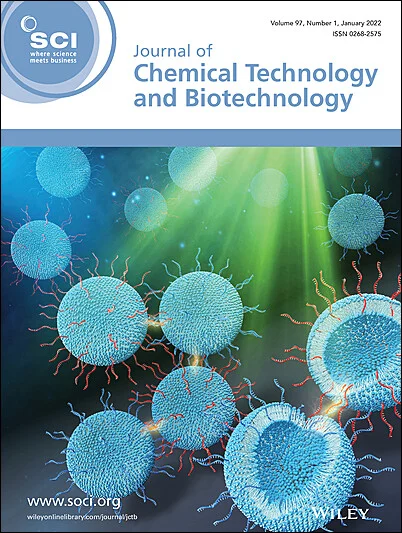Separation of cadaverine from fermentation broths by salting-out
Abstract
BACKGROUND
Cadaverine is an important diamine to synthesize nylon. However, the lower product concentration in the cadaverine production makes the downstream separation more complex and costly, and has become a bottleneck for large-scale production. Therefore, in this study, the salting-out was used to efficiently separate cadaverine in the simulated fermentation broth.
RESULTS
After analyzing the pH of readily soluble potassium salts, three alkaline salting-out agents—K3PO4, K2CO3 and K4P2O7—were utilized to perform the salting-out separation of cadaverine. The effects of the type and concentration of salting-out agents and cadaverine concentration on the distribution and selection behavior of cadaverine in the simulated fermentation broth were investigated. Particularly, when the concentration of cadaverine was 10 wt% and the K3PO4 concentration was 500 g/kg, the recovery rate of cadaverine in the simulated fermentation broth with K3PO4 salting-out agent was as high as 99.6%, which was significantly higher than that of other salting-out agents, and only 0.01 wt% cadaverine remained in the aqueous phase.
CONCLUSION
The salting-out ability of the three inorganic salts to cadaverine in the simulated fermentation broth was K3PO4>K2CO3>K4P2O7. Furthermore, within a certain range of cadaverine concentrations, the content of cadaverine in the aqueous phase and the amount of water residue in the organic phase could be calculated using a linear regression equation. Since inorganic salts have the advantages of good stability, low cost, non-toxicity and harmlessness, the salting-out process established in this study shows good potential for industrial application. © 2024 Society of Chemical Industry (SCI).

 求助内容:
求助内容: 应助结果提醒方式:
应助结果提醒方式:


